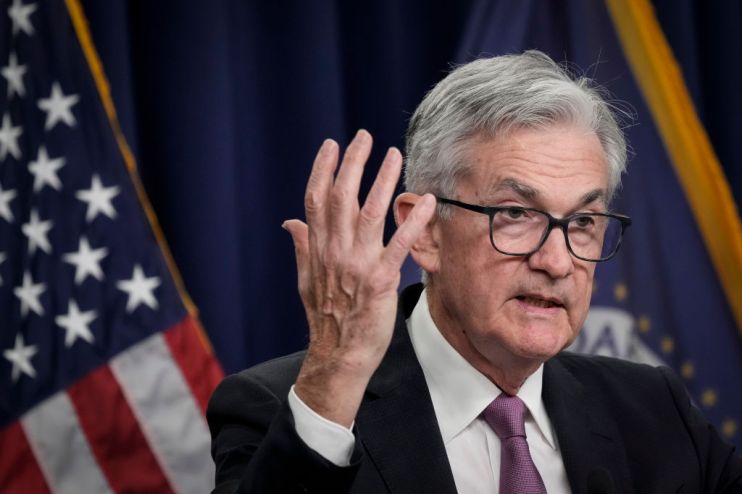Federal Reserve could scale back interest rate hikes from December

The Federal Reserve could scale back the pace of its interest rate hikes “as soon as December,” Fed Chair Jerome Powell said on Wednesday, while cautioning the fight against inflation was far from over and that key questions remain unanswered, including how high rates will ultimately need to rise and for how long.
“It makes sense to moderate the pace of our rate increases as we approach the level of restraint that will be sufficient to bring inflation down. The time for moderating the pace of rate increases may come as soon as the December meeting,” Powell said in remarks prepared for delivery at the Brookings Institution think tank in Washington.
But, in a speech emphasizing the work left to be done in controlling inflation, Powell said that issue was “far less significant than the questions of how much further we will need to raise rates to control inflation, and the length of time it will be necessary to hold policy at a restrictive level.”
While the Fed chief did not indicate his estimated “terminal rate,” Powell said it is likely to be “somewhat higher” than the 4.6% indicated by policymakers in their September projections. He said curing inflation “will require holding policy at a restrictive level for some time,” a comment that appeared to lean against market expectations the U.S. central bank could begin cutting rates next year as the economy slows.
“We will stay the course until the job is done,” Powell said, noting that even though some data points to inflation slowing next year, “we have a long way to go in restoring price stability … Despite the tighter policy and slower growth over the past year, we have not seen clear progress on slowing inflation.”
The Fed’s response to the fastest outbreak of U.S. inflation in 40 years has been a similarly abrupt increase in interest rates. With a half-percentage-point increase expected at its Dec. 13-14 meeting, the central bank will have lifted its overnight policy rate from near zero as of March to the 4.25%-4.50% range, the swiftest change in rates since former Fed Chair Paul Volcker was battling an even worse rise in prices.
That has made home mortgages and other forms of credit more expensive for consumers and businesses.
It has not, however, caused any appreciable impact on the U.S. job market, where the current 3.7% unemployment rate has led some policymakers to argue they are free to tighten rates further without much risk.
But it has also had no convincing impact yet on inflation, a fact that has left open just how much further the Fed may need to raise rates into what it refers to as “restrictive” territory designed to slow the economy.
Powell said that Fed estimates of October inflation showed its preferred measure still rising at about triple the central bank’s two per cent target.
‘Long way to go’
Powell noted that while goods inflation has been easing, the cost of housing is likely to continue to rise into next year, while key price measures for services remain high and the labor market tight.
“Growth in economic activity has slowed to well below its longer-run trend,” Powell said. But for inflation to slow “this needs to be sustained. Bottlenecks in goods production are easing and goods price inflation appears to be easing as well, and this, too, must continue.”But “we will likely see housing services inflation begin to fall later next year,” he said. Citing data released earlier on Wednesday that showed still about 1.7 job openings for each unemployed person, he said that “so far, we have seen only tentative signs of modera tion of labor demand.”
“Despite some promising developments, we have a long way to go in restoring price stability.”
Reuters.
